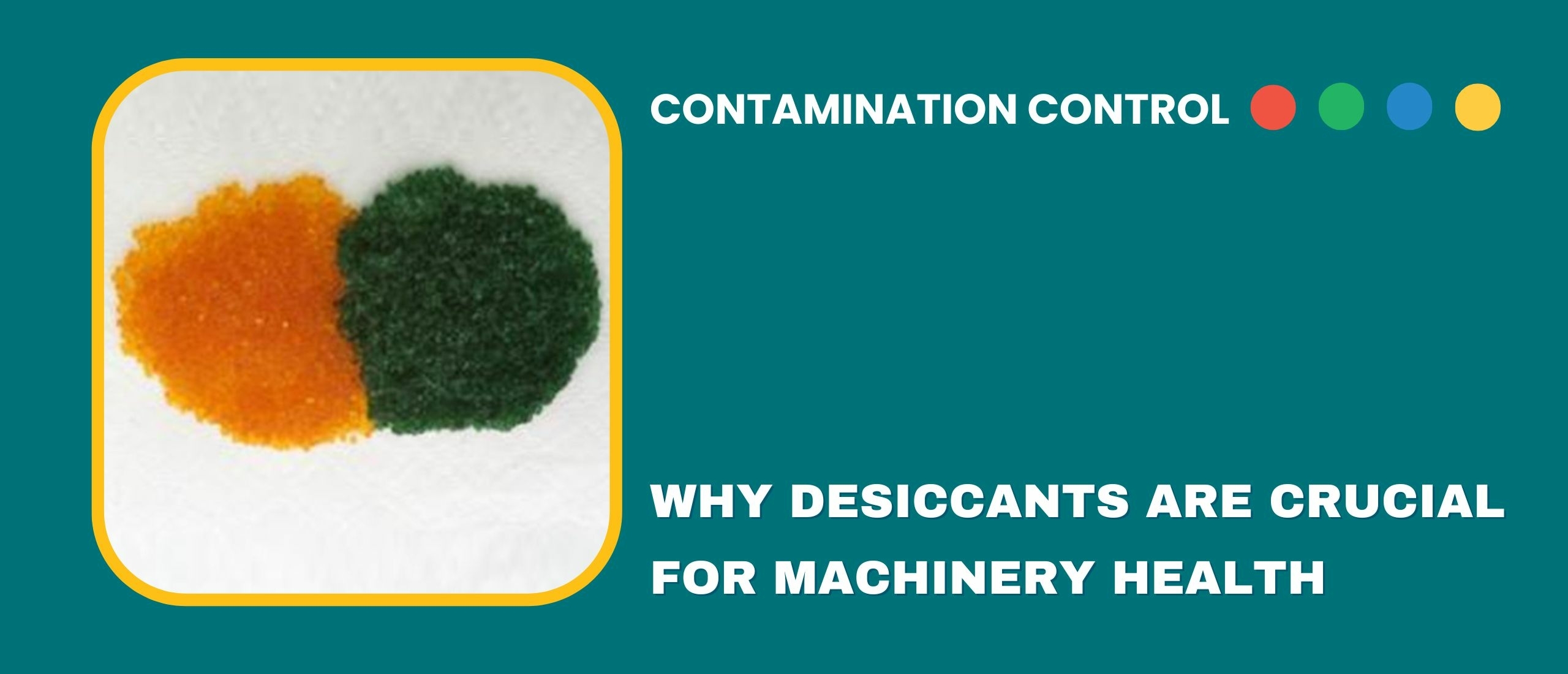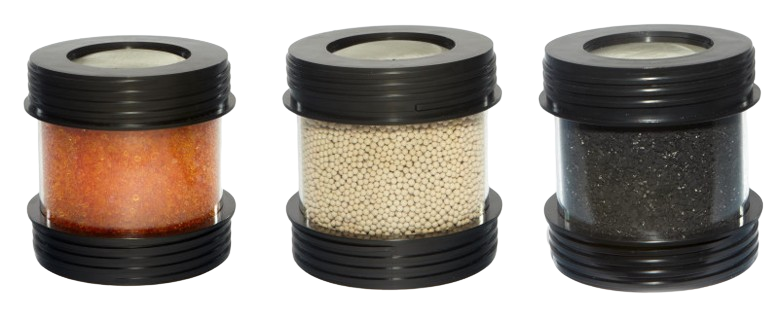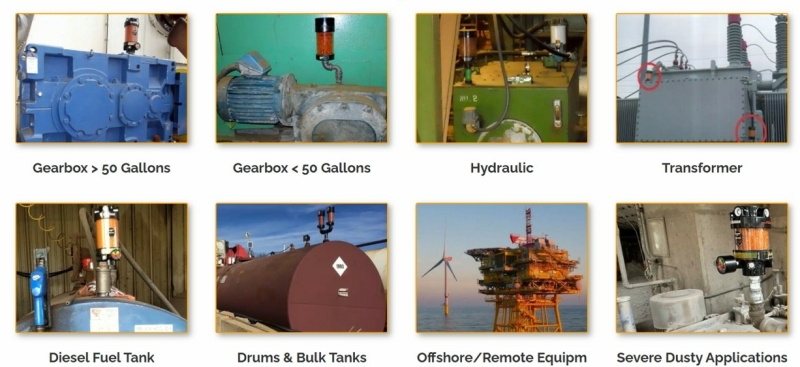
Why desiccants are crucial for machinery health
Desiccant breathers use materials like silica gel to adsorb moisture from air entering equipment (gearboxes, hydraulics). This prevents contamination, corrosion, and oil degradation, significantly extending equipment lifespan and reducing maintenance costs. Regular replacement is essential for peak performance.

The silent killer of industrial machinery
In the world of hydraulic systems, gearboxes, and fluid reservoirs, maintenance professionals constantly battle contamination. We often focus on particle filtration and fluid analysis, but there is a pervasive, yet frequently overlooked, contaminant that can dramatically reduce equipment lifespan: atmospheric moisture.
When a fluid system heats up and cools down, or when cylinders extend and retract, it 'breathes' air from the outside. If this air is humid, the moisture enters the system, condensing inside the reservoir. This water contamination is a silent killer, leading to corrosion, rust, and rapid lubricant degradation.
This is where the humble yet indispensable desiccant breather steps in. Far more than a simple dust cap, a desiccant breather’s core functionality rests entirely on the magic of its moisture-absorbing material: the desiccant. Understanding this vital component is key to achieving true lubrication reliability.
What is a desiccant, and how does it function?
At its simplest, a desiccant is a hygroscopic substance that induces or sustains a state of dryness (desiccation) in its vicinity. Within a breather, the desiccant acts as a potent sponge for airborne moisture.
The function of desiccants
- Adsorption, not absorption: Crucially, desiccants operate primarily via adsorption, a surface phenomenon where moisture molecules adhere to the surface of the desiccant material. This differs from absorption, where the liquid is soaked into the material.
- Preventing system damage: By capturing moisture from the incoming air stream, desiccants ensure that only dry, clean air enters the equipment. This prevents condensation inside the reservoir, effectively stopping the formation of rust and water-induced lubricant issues.
The critical consequences of water contamination
To appreciate the role of desiccants, we must first understand the severe impact of water on lubricating fluids and metal components. Even small amounts of water can be devastating:
- Oil degradation: Water accelerates oil oxidation, leading to the formation of harmful acids and sludge. This depletes essential additives, such as anti-wear (aw) and rust inhibitors, shortening the oil’s useful life.
- Component corrosion: Free water causes rust and ferrous corrosion, particularly in bearing races and gear teeth. This creates abrasive particles that accelerate wear throughout the system.
- Bearing failure: Water contamination is a primary cause of hydrogen embrittlement and micro-pitting in rolling element bearings, leading to catastrophic failure.
Desiccant breathers mitigate these risks by cutting off the source of the problem: airborne humidity.
Common desiccant materials and their uses
Desiccant breathers employ a variety of materials, each chosen for specific performance characteristics and environmental conditions. It is often the smallest components that provide the most significant protection for your critical machinery. Before I draft the full blog post, here are the requested optimisation elements:
 From Left to Right: Silica Gel, Molecular Sieve,
From Left to Right: Silica Gel, Molecular Sieve,
Activated Carbon
Tip: The colour-change advantage
One of the most user-friendly aspects of modern desiccant breathers is the colour-changing indicator integrated into the silica gel. When the desiccant is dry and active, it displays a vibrant colour (orange). As it adsorbs moisture and becomes saturated, the colour changes (to green), providing a simple, unmistakable visual signal that it is time for replacement.
Maintenance and ensuring peak performance
The effectiveness of a desiccant breather is entirely reliant on the desiccant’s activity. Once the material is saturated, it is no longer capable of filtering moisture, and the equipment is once again exposed to the environment.
Maintenance best practice:
- Visual monitoring: Regularly inspect the desiccant colour indicator. Replace the breather immediately when the colour change reaches the visible sight glass or the designated end-of-life line.
- Proactive scheduling: Even if the colour has not changed, it is advisable to establish a maximum service interval based on the operating environment and machine duty cycle.
- Replacement or regeneration: Most industrial breathers are disposable cartridges designed for easy, screw-on replacement. Some high-end breathers allow for the regeneration of the desiccant material, although this is typically reserved for large-scale applications.

Applications across industry
Desiccant breathers are not confined to a single industry. They are a universal requirement for any system containing expensive, moisture-sensitive fluid, or for any system operating in a humid or dusty environment.
Industries and equipment benefiting from desiccant-based moisture control include:
- Hydraulic systems: Protecting reservoirs from ingesting moisture during pressure equalisation.
- Gearboxes and transmissions: Essential in paper mills, mining, and wind turbines where temperature cycling is common.
- Storage tanks and drums: Preventing contamination of new oil inventory before it even enters the machine.
- Transformers: Used in electrical substations to keep insulating oil dry and preserve dielectric strength.
Conclusion and your next step
The desiccant material within a breather is unequivocally a pivotal player in maintaining asset integrity and maximising uptime. By standing guard against airborne moisture, these small components provide exponential returns on investment through extended equipment life and dramatically reduced maintenance costs.
Proper selection, timely replacement, and consistent monitoring of desiccant breathers are not simply maintenance tasks; they are non-negotiable elements of a robust lubrication reliability programme.
Ready to enhance your machinery’s defence against moisture?
If you are unsure whether your current breathers are adequately protecting your critical assets, contact Lubretec today to review your system requirements and ensure you have the right desiccant technology in place. Do not let the silent killer win the battle.
Proactive moisture control is the key to lasting reliability.

